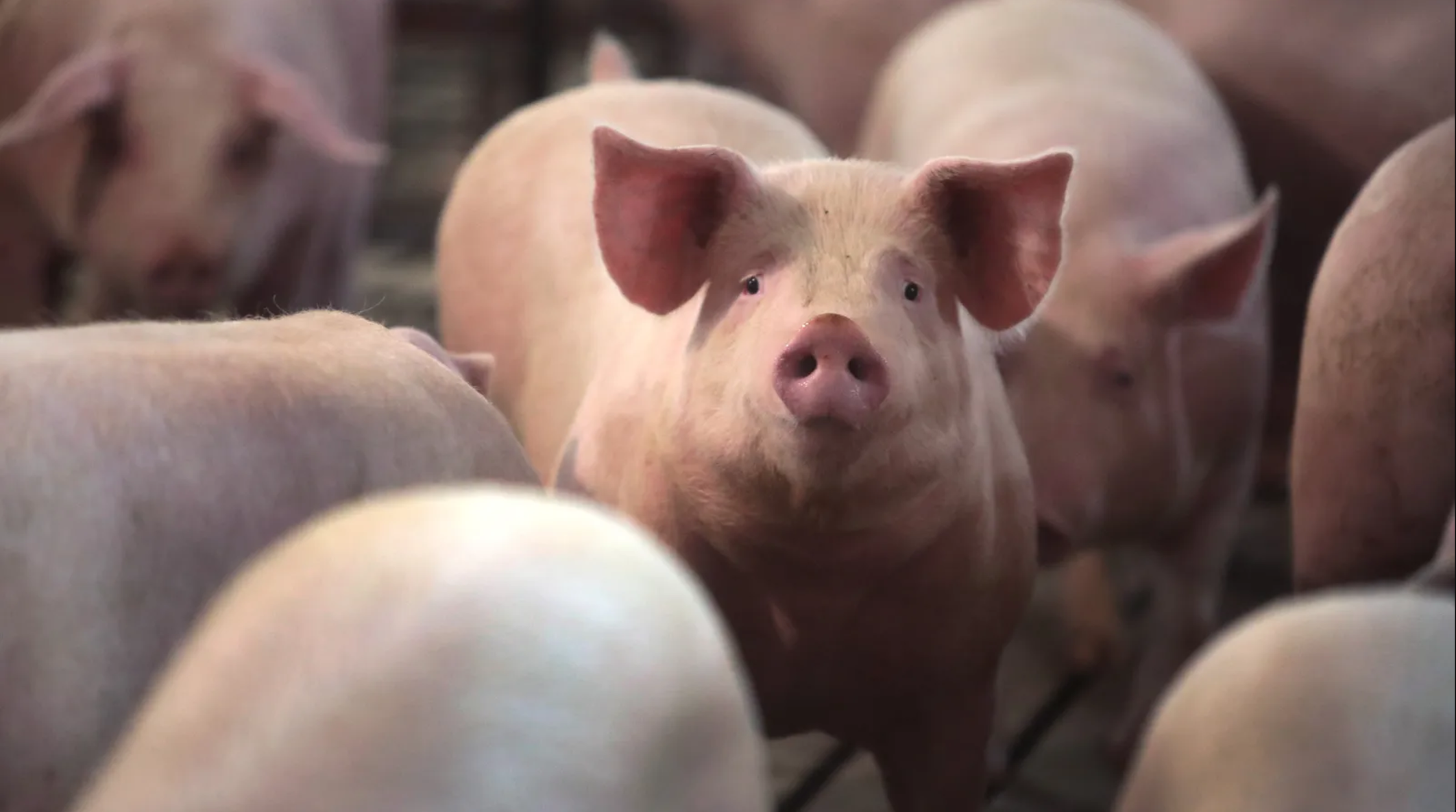According to Rabobank, negotiations between the US and China continue to create instability in the global pork market. Although China has reduced its imports of American pork in recent years due to increased domestic production, the country remains an important buyer of by-products from the US. The outcome of the current negotiations could have a significant impact on global trade.
Meanwhile, Brazil is showing rapid export growth, and the EU has slightly increased its exports to foreign markets in 2025, intensifying competition for new sales niches.
However, livestock health issues remain a major challenge for producers in various regions of the world. African swine fever (ASF) continues to spread in parts of Asia and Europe, while porcine reproductive and respiratory syndrome virus (PRRSv) is reducing productivity in North America and Spain. Foot-and-mouth disease adds further uncertainty to trade. Producers are increasingly using modern biosecurity measures, automation and technological processes to reduce risks.
The feed market looks optimistic for livestock producers: corn prices on the Chicago Board of Trade (CBOT) continue to fall thanks to favourable weather conditions in the US and a record harvest in Brazil. At the same time, the soybean and meal markets are showing mixed trends. The US Environmental Protection Agency (EPA) proposed mandates for biofuel production for 2026–2027 support soybean prices but put pressure on soybean meal prices.
PigUA.info based on materials from euromeatnews.com



